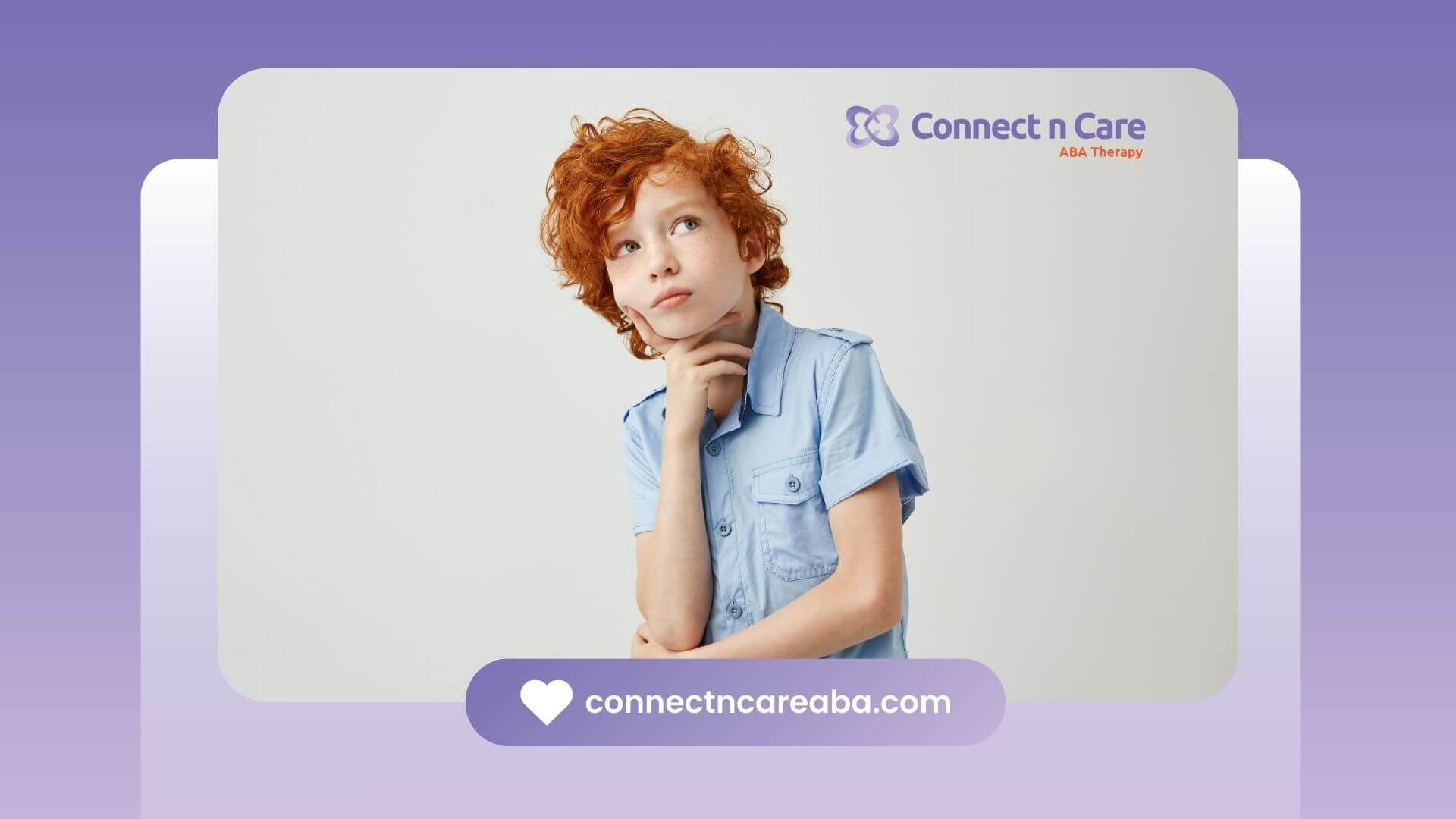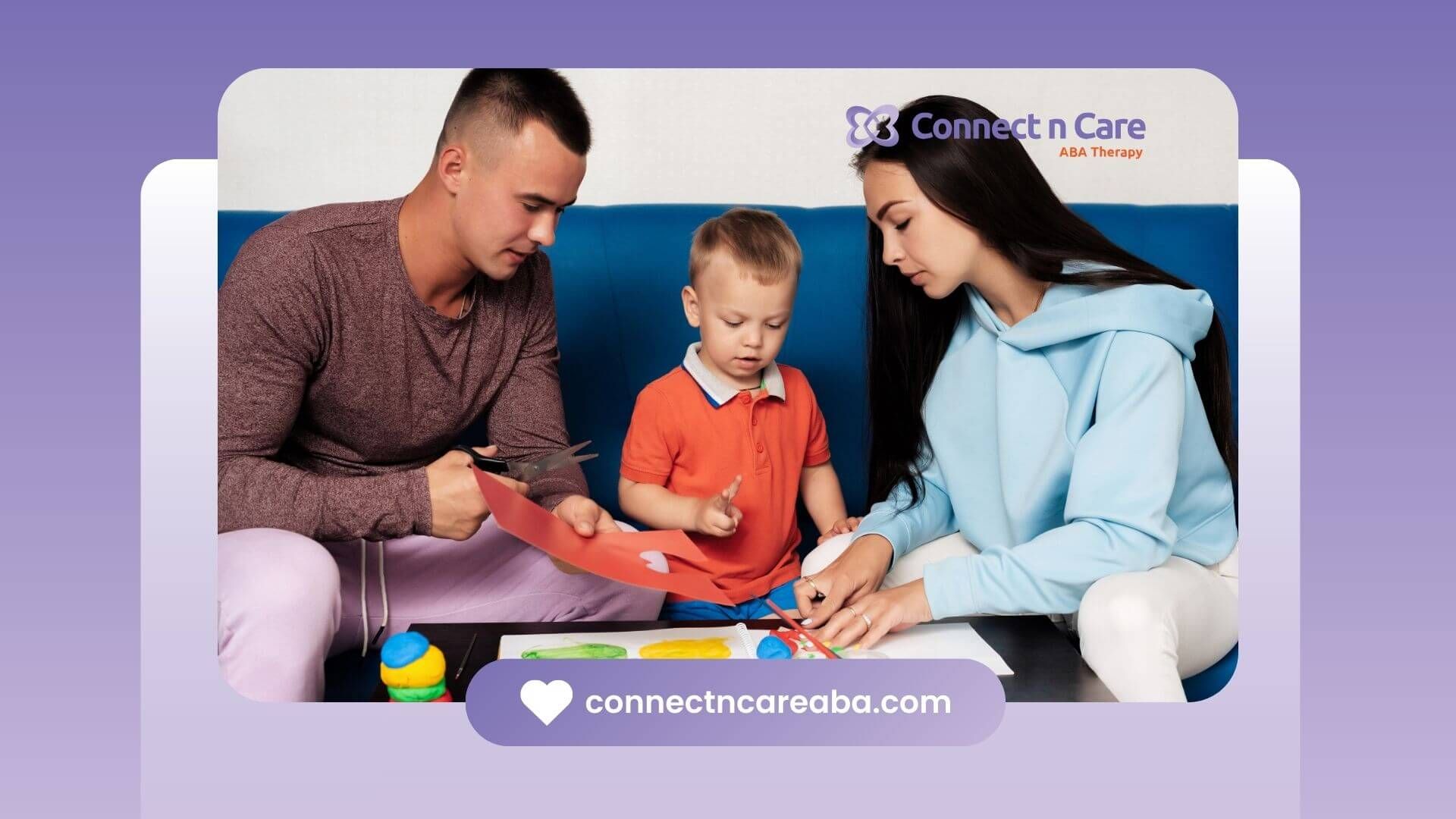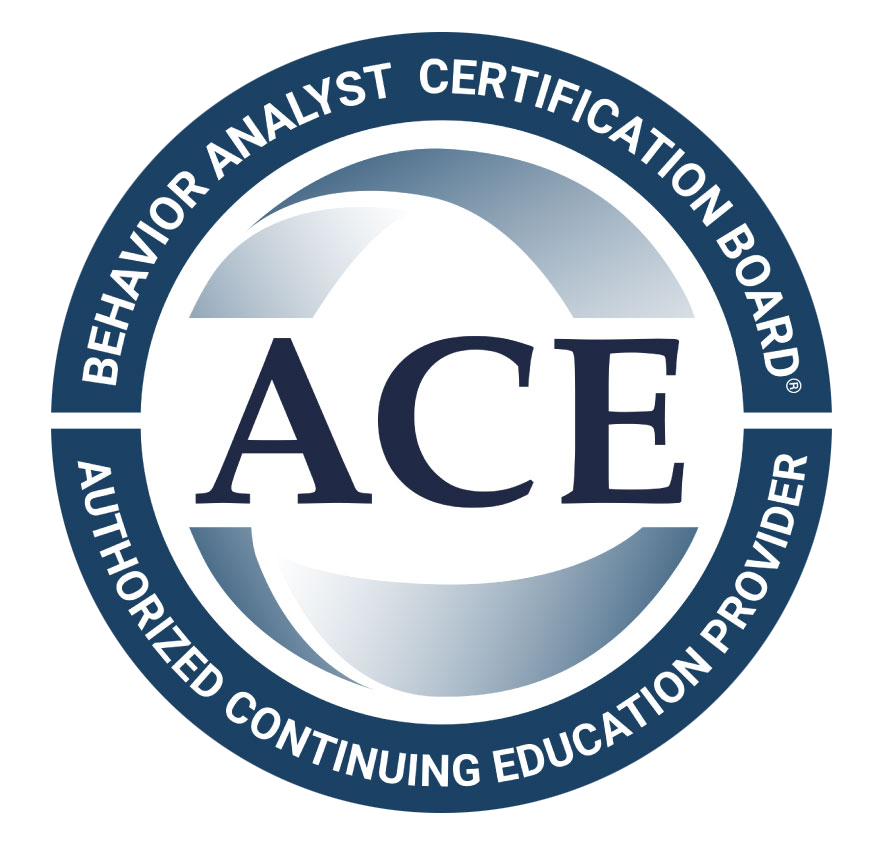Applied Behavior Analysis (ABA) isn’t just a therapy—it’s a natural science rooted in decades of research, observation, and real-world success. At Connect n Care ABA, we believe understanding the why behind ABA empowers families to make informed choices. Let’s explore the principles, history, and evidence that make ABA a gold standard for autism intervention.
Foundations of ABA: The Core Scientific Principles
1. Classical Conditioning: The Starting Point
Pioneered by Ivan Pavlov, classical conditioning explains how neutral stimuli (like a bell) can trigger automatic responses (like salivation) through association. While not the primary tool in modern ABA, it laid the groundwork for understanding how environmental cues shape behavior.
2. Operant Conditioning: The Heart of ABA
B.F. Skinner’s work on operant conditioning revolutionized ABA. This principle focuses on how consequences (rewards or removals) influence the likelihood of behaviors repeating. For example:
- Positive reinforcement: A child receives praise for sharing a toy, increasing future sharing.
- Negative reinforcement: Removing a loud noise when a child wears headphones encourages headphone use.
ABA therapists use operant conditioning to teach skills like communication, social interaction, and self-care.
3. The Three-Term Contingency (ABCs)
Every behavior has a context. The ABC model breaks it down:
- Antecedent (What happens before: e.g., a therapist says, “Time to clean up”).
- Behavior (The action: e.g., the child starts picking up toys).
- Consequence (What follows: e.g., the child earns playtime).
By analyzing ABCs, therapists identify patterns and create tailored interventions.
The Evolution of ABA: From Labs to Living Rooms
Early Days: Skinner and Lovaas
1940s–1960s: B.F. Skinner’s experiments with rats and pigeons demonstrated how rewards shape behavior.
1987: Dr. Ivar Lovaas published groundbreaking research showing 40 hours/week of ABA could significantly improve IQ and adaptive skills in children with autism.
Modern Advances: Beyond Discrete Trials
Early ABA relied on Discrete Trial Training (DTT)—structured, repetitive drills at a table. Today, ABA embraces:
- Naturalistic Developmental Behavioral Interventions (NDBIs): Play-based learning in real-world settings (e.g., teaching colors during a game).
- Pivotal Response Treatment (PRT): Child-led sessions using natural rewards (e.g., earning a toy for asking).
These methods prioritize generalization—ensuring skills work in multiple environments.
Is ABA Scientifically Proven? The Evidence Speaks
Over 50 peer-reviewed studies validate ABA’s effectiveness. Key findings include:
- Improved IQ & Language: Children in early-intensive ABA often show gains of 15–30 IQ points6.
- Social Skills: ABA increases eye contact, joint attention, and peer interactions.
- Reduced Harmful Behaviors: ABA decreases self-injury, aggression, and tantrums by up to 90% in some cases.
Leading organizations endorsing ABA:
- U.S. Surgeon General
- American Psychological Association
- Autism Speaks
The 7 Dimensions of ABA: A Framework for Success
ABA isn’t a “one-size-fits-all” approach. The 7 dimensions ensure interventions are ethical and effective:
- Applied: Focus on socially significant goals (e.g., communication over rote memorization).
- Behavioral: Target observable, measurable actions.
- Analytic: Use data to prove interventions drive change.
- Technological: Procedures are replicable by other therapists.
- Conceptually Systematic: Grounded in behavioral science.
- Effective: Produces meaningful improvements.
- Generality: Skills work across settings and over time.
How Connect n Care ABA Delivers Science-Driven Care
At Connect n Care ABA, we blend cutting-edge research with compassionate practice. Here’s what sets us apart:
1. The “Whole Family” Model
We train parents, siblings, and caregivers to reinforce skills daily. Example:
- Dinner Time Routines: Teaching a child to request items using sign language, with siblings modeling prompts.
2. Neurodiversity-Affirming Practices
We focus on empowerment, not “normalization.” For example:
If a child stims (e.g., hand-flapping) to self-regulate, we teach when and where it’s appropriate instead of eliminating it entirely8.
Ready to See the Science in Action?
At Connect n Care ABA, we don’t just talk about data—we let results speak for themselves. Schedule a free “Discovery Day” where your family will:
- Tour our sensory-friendly clinics.
- Meet therapists certified in NDBI and PRT.
- Receive a personalized “ABA Roadmap” outlining potential goals.
Call 704-313-5874 or visit www.connectncareaba.com to begin.
Why wait? Let’s turn “what if” into “what’s next.”
Frequently Asked Questions (FAQs)
1. Why is ABA a natural science?
ABA studies observable behaviors and their interactions with the environment, using systematic methods akin to biology or chemistry.
2. Does ABA increase IQ?
Studies show early-intensive ABA can boost IQ by 15–30 points, though results vary
3. What are the disadvantages of ABA?
Criticisms include the historical use of punishment (now abandoned) and overemphasis on compliance. Modern ABA prioritizes consent and child-led learning.
4. Is ABA based on classical conditioning?
While classical conditioning influenced ABA, operant conditioning and the ABC model are its primary tools
5. Why does ABA work for autism?
ABA breaks complex skills into steps, uses reinforcement, and adapts to each child’s needs—making it ideal for autism’s diverse challenges.
Sources:
- https://www.thechicagoschool.edu/insight/psychology/scientific-concepts-applied-behavior-analysis/
- https://www.autismspeaks.org/applied-behavior-analysis
- https://autismsciencefoundation.org/the-truth-about-applied-behavioral-analysis/
- https://pubmed.ncbi.nlm.nih.gov/26373767/
- https://my.clevelandclinic.org/health/treatments/25197-applied-behavior-analysis
- https://www.umassglobal.edu/news-and-events/blog/what-is-applied-behavior-analysis
- https://childmind.org/article/controversy-around-applied-behavior-analysis/









